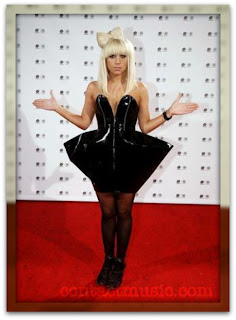Ancient China had a different style of clothes than the United States. The
clothes worn all depended on which the dynasty or year they were in. Chinese
people always took in the styles, which they were supposed to wear very quickly,
although the dynasties changed. In many ways the items they wore had a
connection with demons and or evil spirits. The Ancient Chinese had a very
unique sense of style.
Clothing embroidered the harmonious relationship between nature and people.
Peasants and regular citizens dressed differently from high-ranked officials.
The high-ranked officials dressed in the finest silk for public outings and
celebrations, and less expensive clothes at home. The peasants wore a long shirt
like garment, made of undyed hemp fiber, which altered little until modern
times. While the officials wore silk, the peasants, men specifically, wore baggy
pants made of hemp with a loose cotton shirt. Peasant women wore simple wool
garments in the winter and cotton in the spring. Peasant children wore children
size of their parents clothes.

Each dynasty had popular clothing that all
the citizens knew about. The Tang Dynasty had the system of the full dress,
which was strict. During the Han, women usually wore the ruqun, a two piece
ensemble consisting of jackets and a long flowing skirt. The Yuan women
aristocracy had their own style; Zhi sun dresses were very popular in the Yuan
dynasty. Coats were considered an informal dress in the Qin and Han dynasty. The
Tang noblewomen favored the hundred bird dress.
As the times changed, the
empire had a new law for all items of clothing. During the Sui, the emperor
decided that all poor people could wear blue or black clothes and only rich
people could wear colored clothes. Sometime in the years all the clothes were
dark, all people wore the same style, most of the clothes were silk (everyone
wore silk), and cotton became in style but it never became more popular than
silk. All people had to wear thick clothes during the winter. Then clothes were
never a casual matter.
 This picture of the First lady Michelle Obama was showed at the Monday's show with DeGeneres. This was Michelle Obama's prom dress and she has said that she won't let her daughters wear a dress with a side slit like hers.
This picture of the First lady Michelle Obama was showed at the Monday's show with DeGeneres. This was Michelle Obama's prom dress and she has said that she won't let her daughters wear a dress with a side slit like hers.











































































